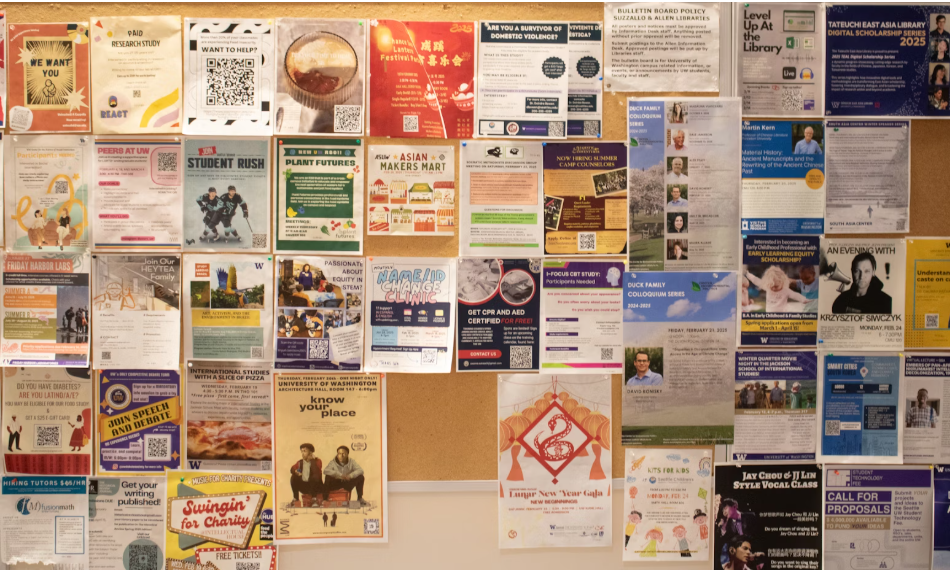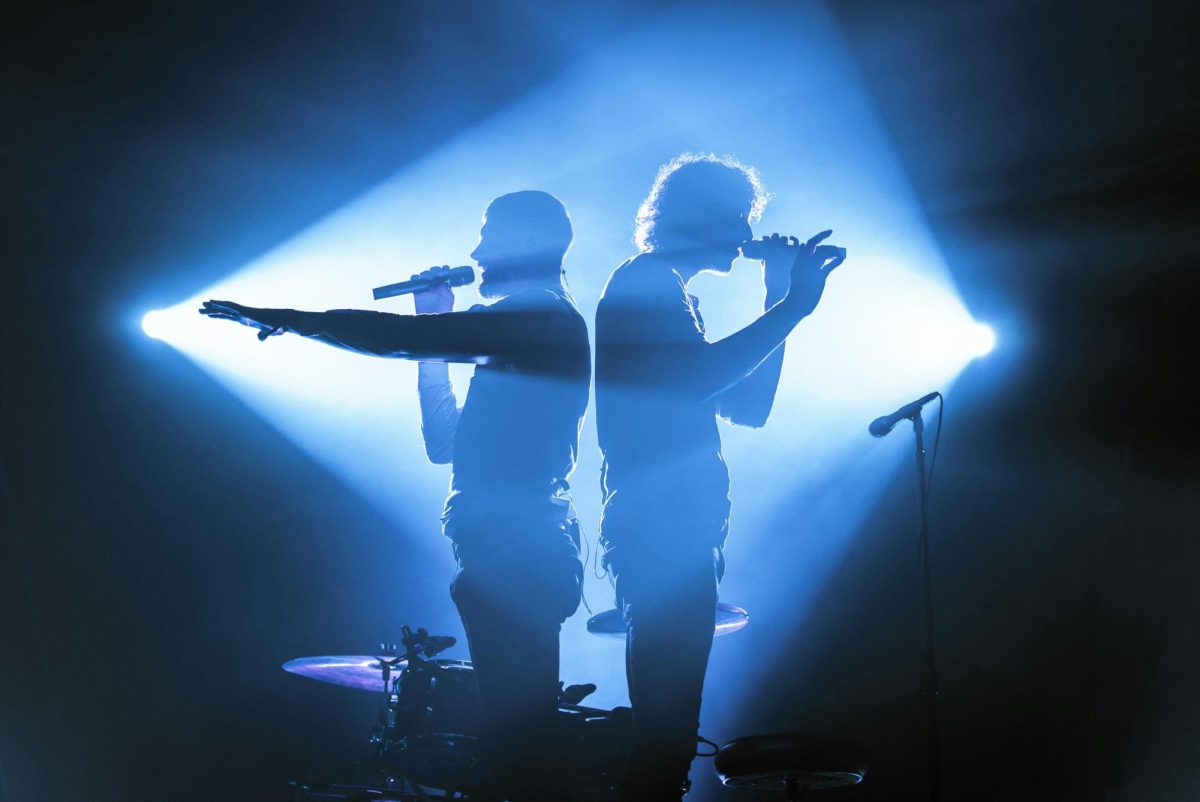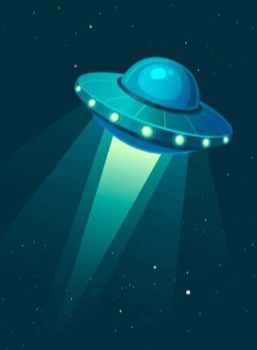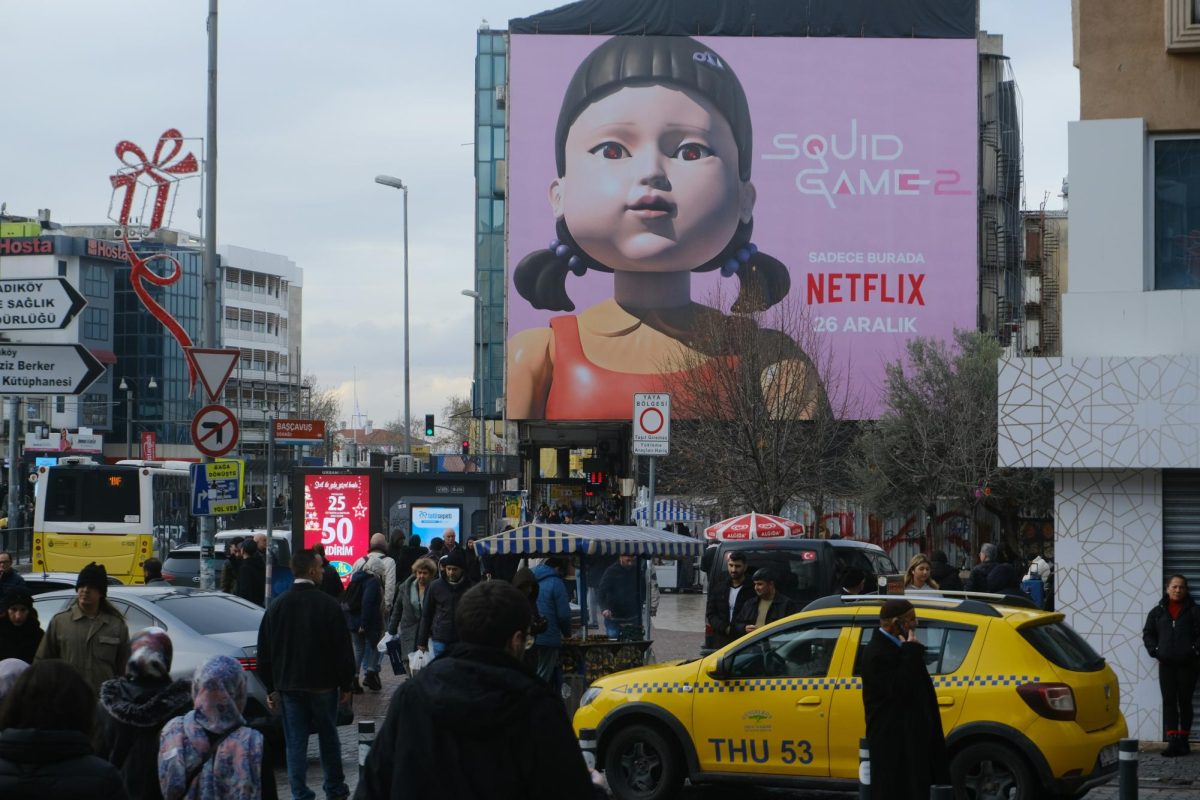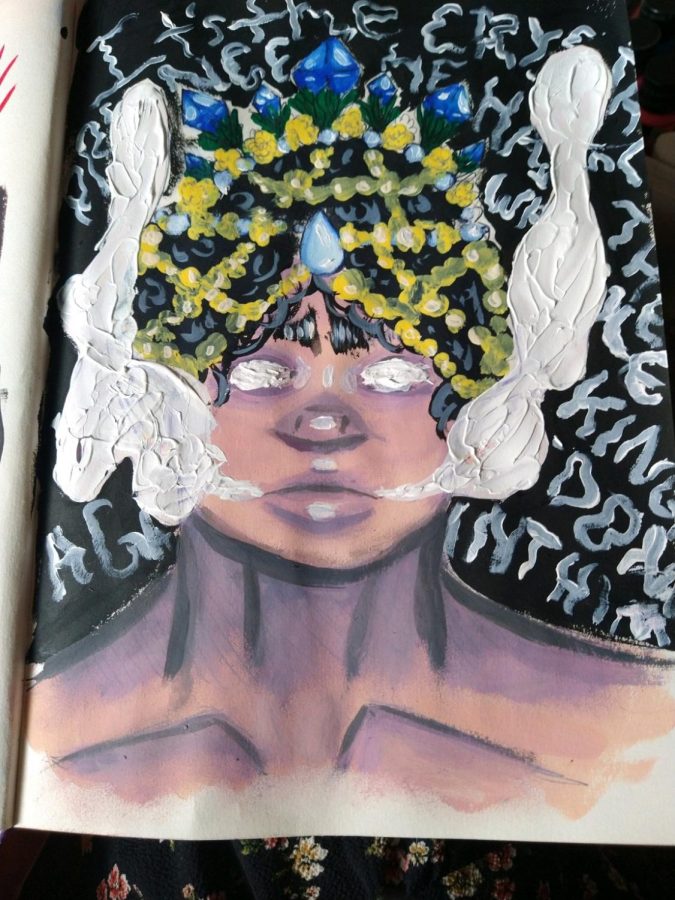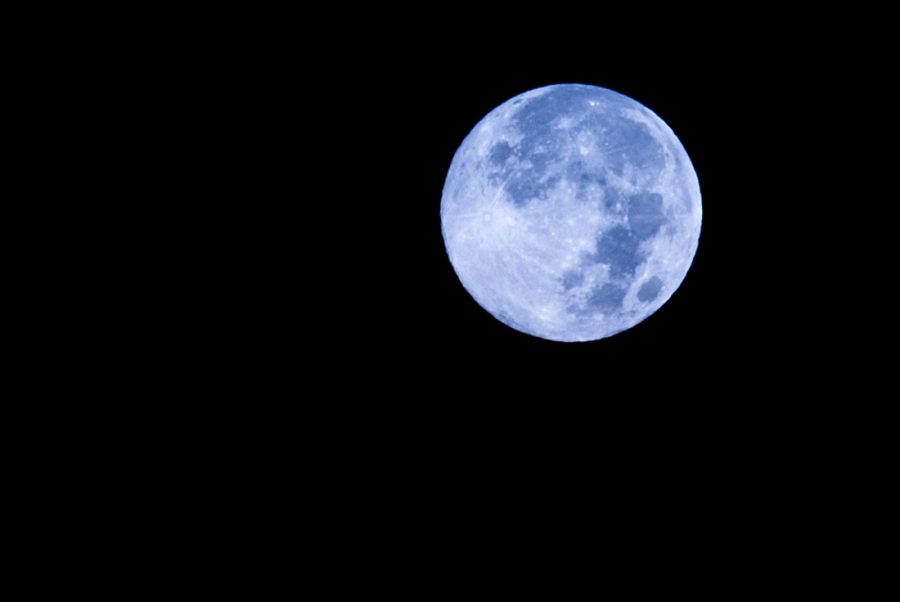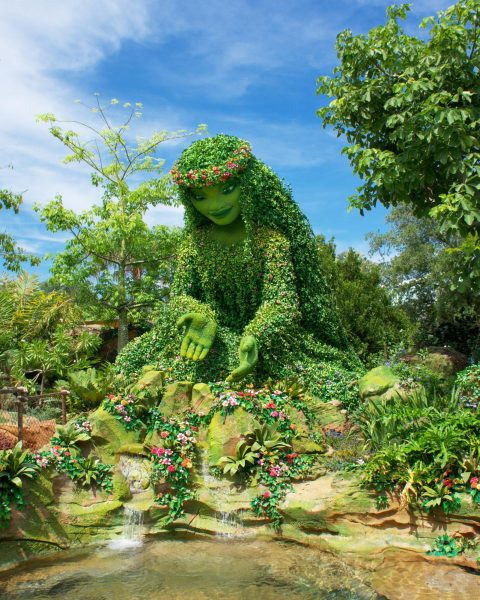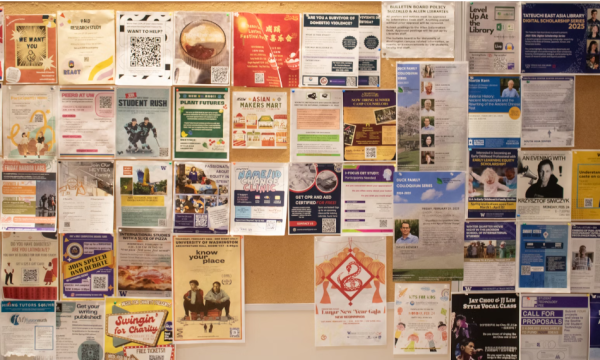Once in a blue moon… literally.
October 31st, also known as Halloween, is going to be incredibly unique this year. Not only because of the coronavirus but also because of the astrological placement of the moon.
A blue moon will occur at the peak of Halloween night. Its last appearance was in 1944, and the next one will not occur again until 2039, making for a very magical evening this Halloween.
The term blue moon has been around for well over 4 centuries and has a variety of meanings.
The first meaning of blue moon is the scientific interpretation of the term, meaning that a blue moon occurs when there are 2 full moons in one month. A blue moon can occur one of two ways: “13 full moons in a year instead of 12” according to CNN, or the 3rd full moon of a single season. In both situations, the moon is not actually blue, so the name is a little misleading.
The second definition of blue moon comes from the term “once in a blue moon” coined by William Roy and Jeremy Barlowe in an Anti-clerical pamphlet from 1528. The term is akin to “when pigs fly” or something that is not possible, which is factually incorrect. Blue moons are much more common than we think. In fact, the latest blue moon occurred on March 31st, 2018. The next one will occur on October 31st, 2020 and the one after that will occur on August 22nd, 2021.
The last definition for blue moon is another one used by scientists. Here the moon actually appears a shade of blue. This is one of the rarest moons, as it occurs when Earth’s atmosphere collects dust or smoke particles that are about 900 nanometers. Particles of this size scatter red light. When these particles are present in our atmosphere, and the moon shines through them, the moon may appear blue. There are a few recorded instances of this, according to skyandtelescope.org:
“When the Indonesian volcano Krakatoa exploded in 1883, its dust turned sunsets green and the Moon blue all around the world for the best part of two years. In 1927, the Indian monsoons were late arriving, and the extra-long dry season blew up enough dust for a blue Moon. And Moons in northeastern North America turned blue in 1951 when huge forest fires in western Canada threw smoke particles up into the sky.”
Keep an eye out this Halloween for a chance to see this “once in a blue moon” kind of opportunity. HAPPY HALLOWEEN!


